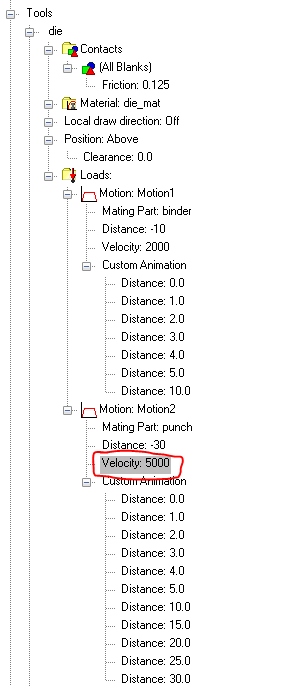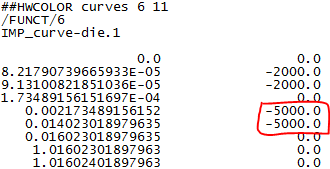Hello,
I am trying to perform optimization of a parameter in forming process. I performed a forming analysis in Hyperform using Incremental radioss solver. Then I used this .rad file in order to setup a study in Hyperstudy. I want to use Die velocity as a variable for the optimization study which is shown in the figure below-

I created a parameter for the Die Velocity in Hyperstudy from the .rad file as shown below-

Then I performed a nominal run where the setup was run for the current, upper and lower limit value of the created Die Velocity parameter. Hyperstudy ran successfully for the current value of Die velocity, then it changed the value from -5000 to -6000 as expected in the .rad file generated for the next run but did not complete the run for a very long time. I had to stop the run.
I do not understand how I can use Die velocity as a parameter in the Optimization setup in Hyperstudy. Kindly help me with this difficulty.
Thank-you in advance for your help!
Madhura